TikTok emerged as a key battleground in an election where young voters comprised a dominant share of the electorate. All the prominent political parties used the platform – especially after tactics by Labor contributed to its electoral success in 2022.
With 60% of Gen Z now getting their news primarily from social media, this shift reflects a welcome effort to meet young voters where they are.
But on these platforms, visibility alone isn’t enough. What you say, and how you say it, matters just as much.
Collecting the data
We collected and manually analysed more than 500 TikTok posts from the official accounts of Labor, the Liberals, the Greens and One Nation during the federal election campaign period (March 28 to May 2).
Data was collected using web-scraping software, and included captions, sounds, hashtags and engagement metrics.
Our analysis focused on both the discursive content (what was said) and performative use of the platform (how it was said).
We manually categorised posts by their focus, whether political, apolitical, or blending politics and entertainment (“politainment”). We also grouped them according to their primary purpose:
We also coded posts by topic, including key campaign issues, such as the economy, health, housing and climate.
What we found
Labor had the highest total number of posts, which correlated to the highest views and a fairly strong engagement rate (10.5%). Engagement rates are calculated by the total number of user interactions with a post (comments, likes, shares) relative to how many people viewed the post.
Labor also had a relatively balanced gender reach, skewing young.
The Liberals posted frequently, as well, with an ever so slightly lower engagement rate (10.1%) and a more male-leaning audience.
One Nation, though with far fewer posts, still achieved notable reach.
Despite a smaller post volume than major parties, the Greens stood out for having the highest engagement rate by far (14.4%), along with the highest share of female and young audience followers.
Focus, tone and messaging
Clear differences emerge in how parties used TikTok to communicate.
The Liberals leaned heavily into politainment (75%) and attack ads (nearly 90%). They rarely promoted their own policies, with only 12% of posts being solely focused on their campaign promises.
Their content was strongly centred around the economy (60%) and energy (26%). Three-quarters of their posts were designed to target and appeal primarily to young audiences through the inclusion of informal language, youth-focused policies and youth slang and trends.
One Nation, in contrast, was the most overtly political (94%) and traditional in tone (88% professional language). It directed its messaging to a general audience with a strong focus on attack content (82%).
On the whole, One Nation’s content consisted of long formal news interviews and speeches, and was not well-adapted to suit the TikTok medium.
Labor blended politainment (58%) with substantive political messaging (42%). About 35% of the videos were promoting party policy, while 53% were attack ads. It focused most on Medicare (44%), education, and housing – all issues particularly resonant with younger people (68% of their audience).
The Greens had the highest share of policy-focused content (60%). These posts were strongly youth-oriented (77%), and covered climate change (27%), taxes (27%), and education (23%). Their posts were the most informal, with Greens leaders often using the platform to speak directly to TikTok users in a “selfie” style.
Follow the money
A closer look at the policy messaging on TikTok reveals a strong focus on the economy and health. These are two of the most decisive issues for voters across generations, according to the Australian Election Study.
Given the rising cost of living, it’s no surprise this election played out around hip-pocket concerns. Yet, it’s notable that Labor didn’t lean heavily into economic messaging on TikTok, despite cost of living being the top concern for young people.
The Liberals, by contrast, stuck to their traditional strength, making the economy a central theme of their content.
Did it translate to electoral victory?
Our analysis reveals a highly coordinated Labor campaign on TikTok, backed by serious resourcing and a keen understanding of platform dynamics. From short-form videos to youth-oriented podcasts and influencer briefings, Labor went all-in.
While it’s hard to draw a straight line from TikTok posts to ballots cast, their dominant presence online mirrored their dominant result at the polls.
The Greens, however, present a puzzle. They’ve traditionally performed well with young voters and achieved enviable engagement rates on TikTok: about 14% during the campaign, the kind most influencers dream of.
Their content resonated, especially when it featured positive messaging or direct, informal engagement from party leaders. They didn’t rely on minimising political issues with memes and trends.
But they posted far less than Labor and didn’t invest as heavily in trend-based posting. That likely reflects a smaller budget rather than a flawed strategy, but the result was fewer overall views and reach.
Read more:
Greens’ election hubris – how the minor party lost its way and now its leader
Ultimately, this isn’t a story about young voters being swayed by viral videos. They’re politically engaged, issue-aware, and looking for credibility.
Labor’s full-spectrum campaign was slick, and while they also backed that style with substance, they relied heavily on trends and mass-posting, prioritising quantity over quality.
The Greens’ more quality-focused approach connected with their audience, but led to them being out-performed and far less visible.
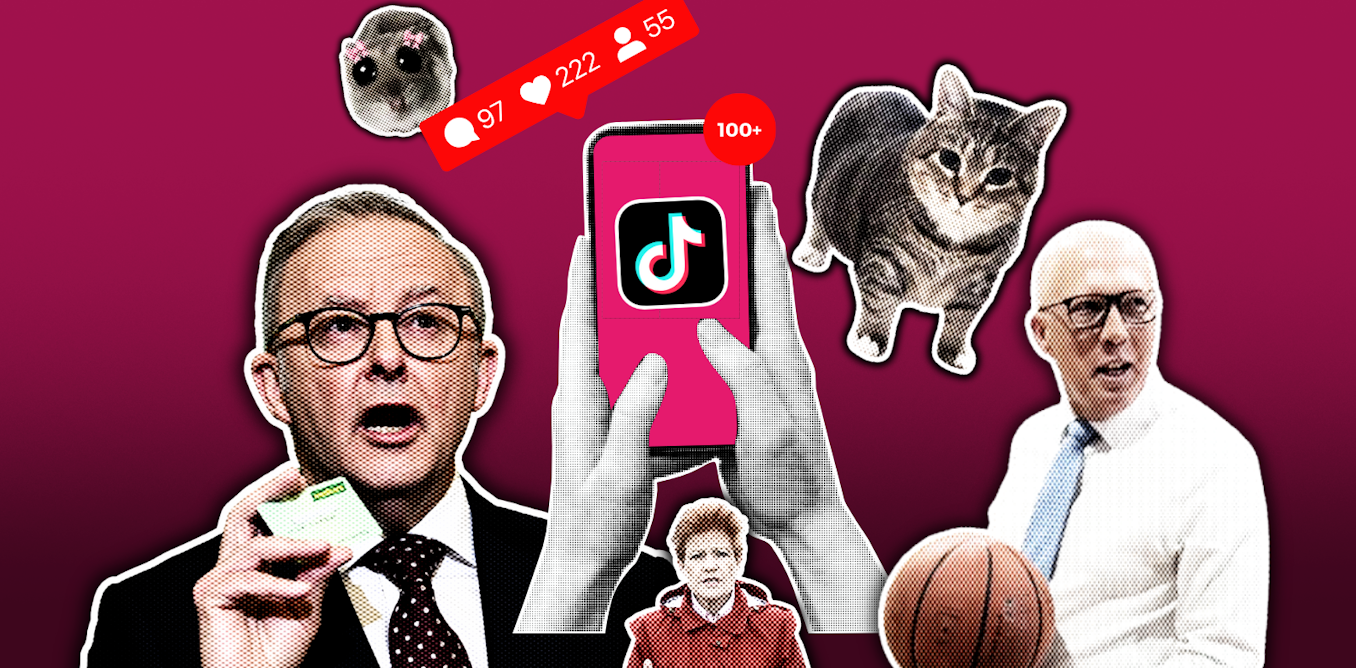
The post “What did the parties say on TikTok in the election, and how? Here’s the campaign broken down in 5 charts” by Hannah Oates, PhD Candidate, School of Social Sciences, Monash University was published on 05/12/2025 by theconversation.com



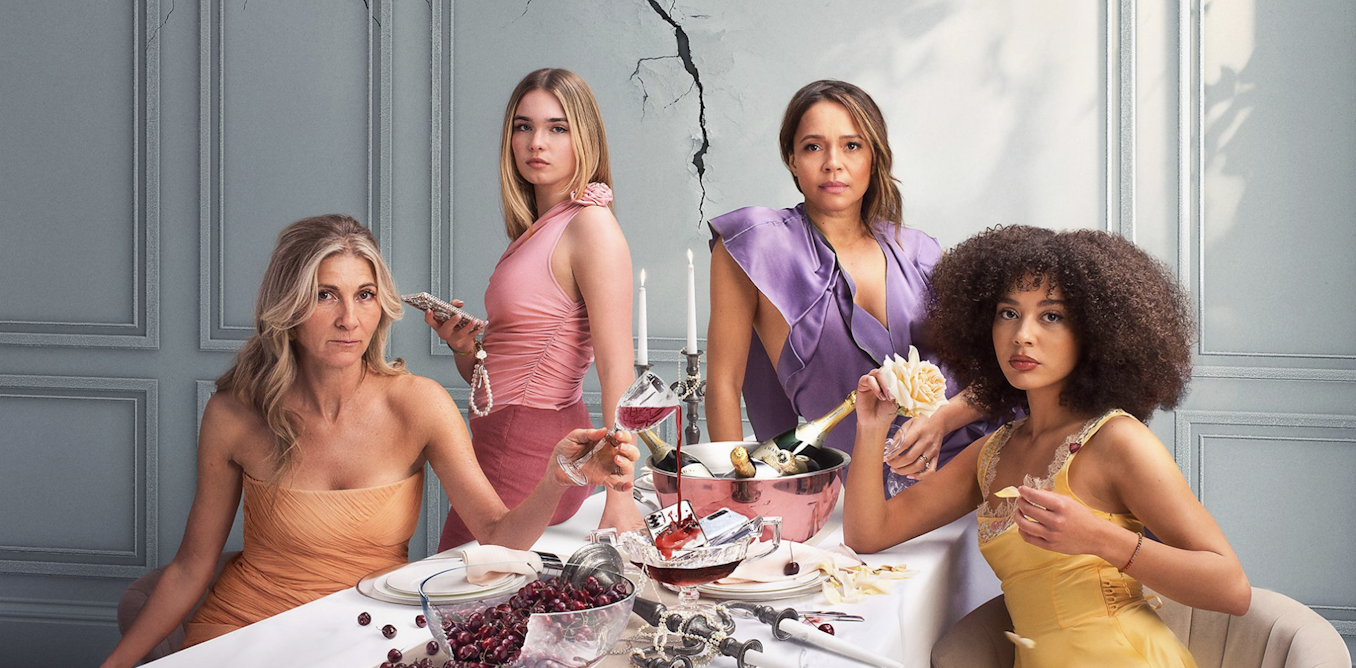



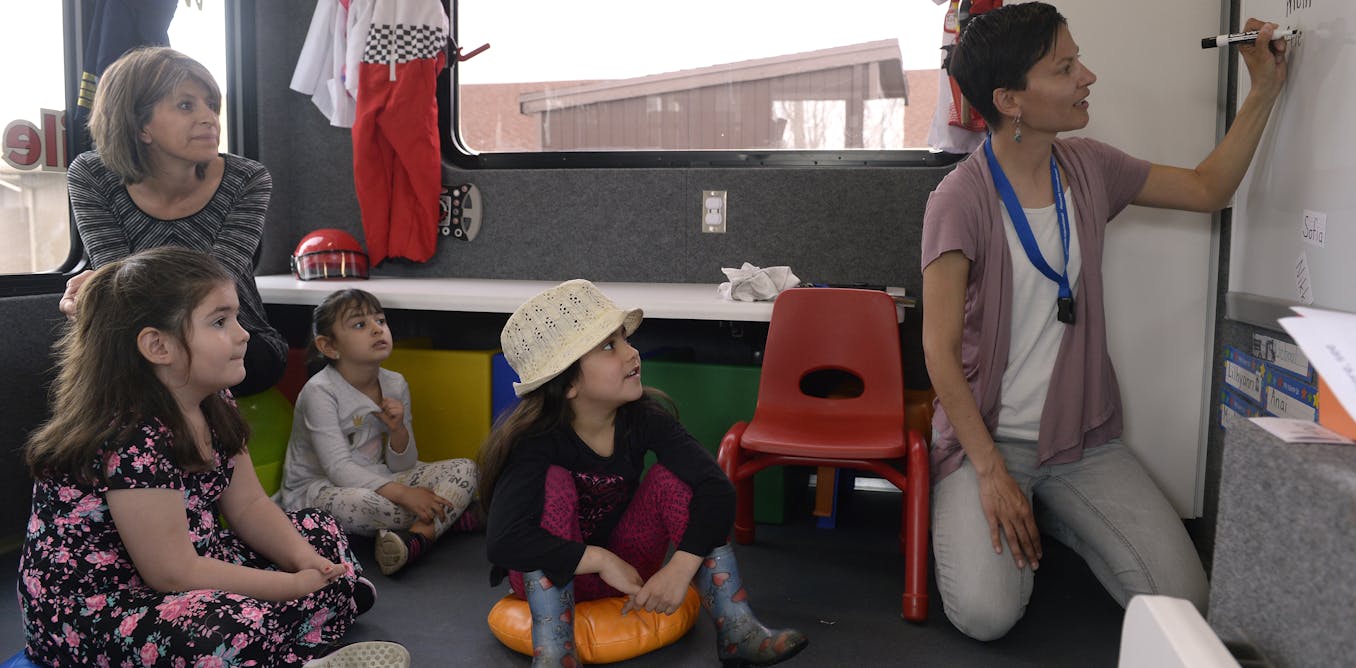
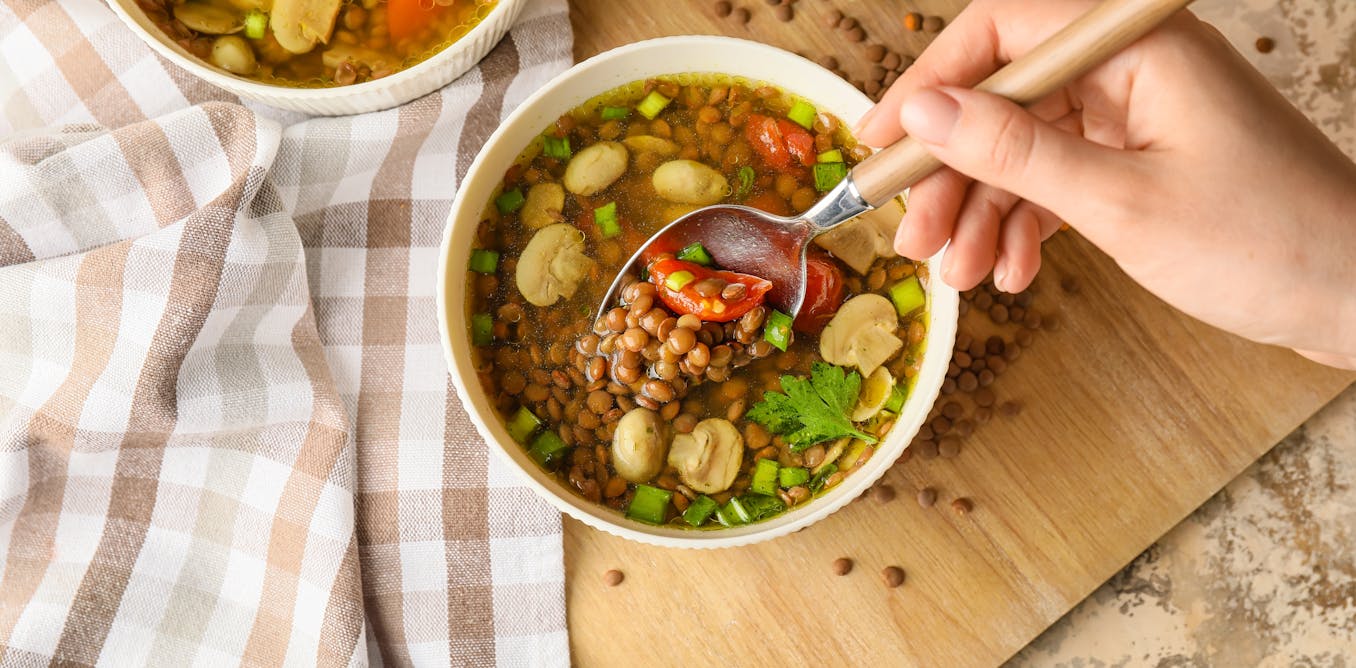





















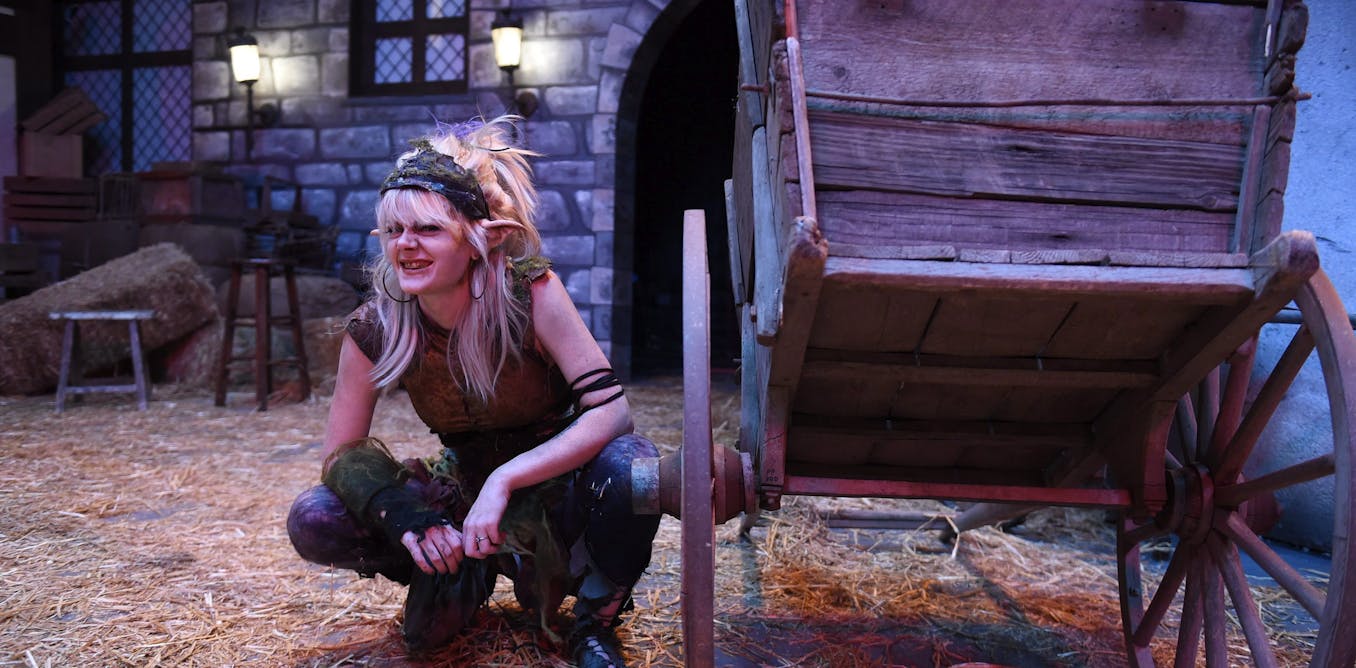
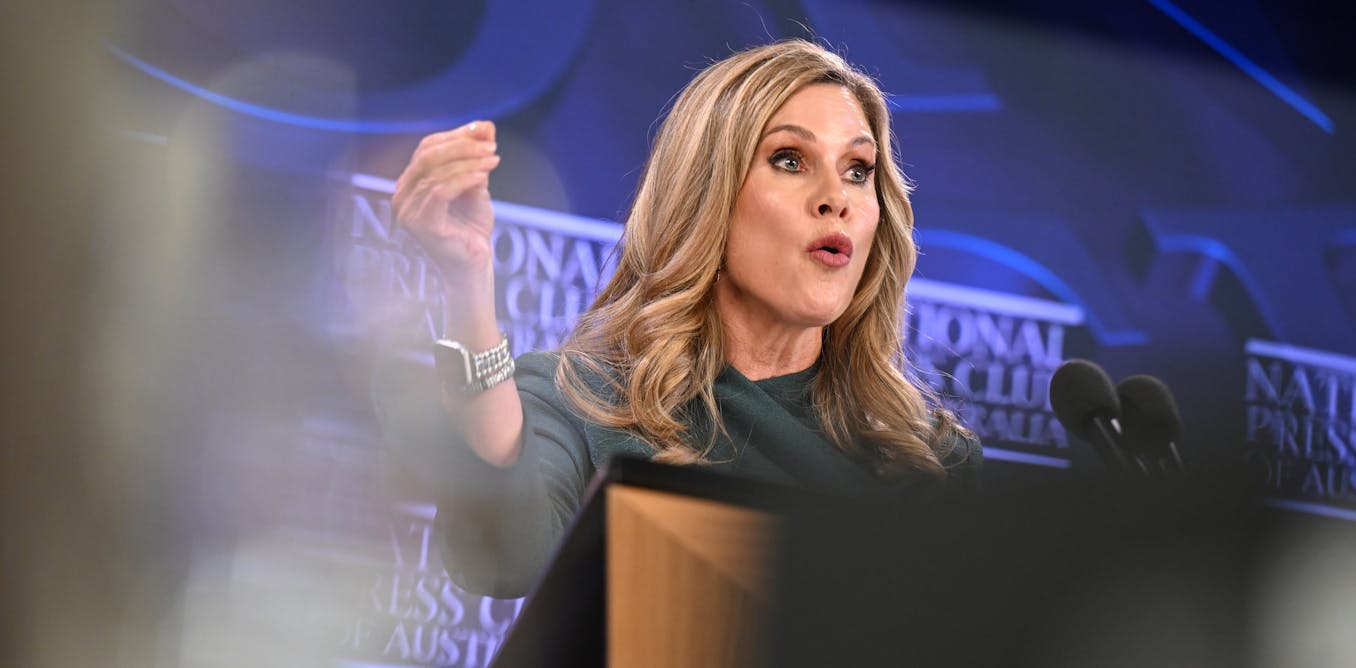





Leave a Reply